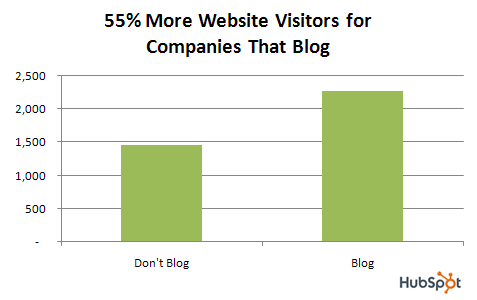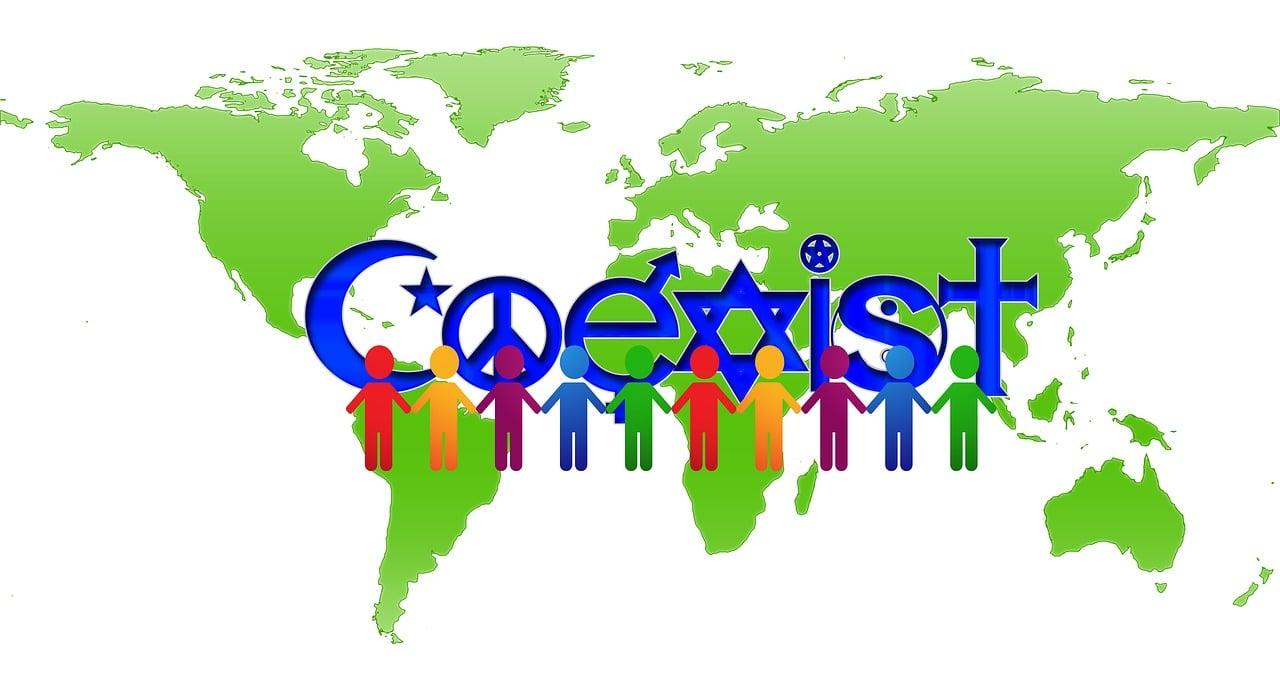The Meaning of Philanthropy, Not Fundraising – Part 2

Get on the Pathway to Passionate Philanthropy, Not Forgettable Fundraising
In Part 1 I laid out why philanthropy inspires, and fundraising tires.
Fundraising must be done, of course, but there’s something about how it’s too often practiced that turns too many people off.
It’s the “fund” part of the word. This makes people think it’s all about money, when really it’s all about valued outcomes.
These valued outcomes are shared by many who care about the cause.
- Donors and non-donors.
- Employees and volunteers.
- Users and providers of services.
- Development departments and program departments.
All these folks have a collective stake in the love and mission-focused organization’s survival.
Because all of them are dedicated to making the world, or some small corner of it, a better place.
How Philanthropic Stakeholders Get Disenfranchised
When fundraising is delegated to the development committee, or the development director, it disenfranchises a huge segment of folks who care about sustaining the cause — both internally and externally.
Similarly, when donors are competed over, donors are disenfranchised. This may take the form of non-cooperation or even outright war between those who should be facilitating philanthropy.
Details





 Not every problem needs to be addressed immediately. Some will work themselves out.
Not every problem needs to be addressed immediately. Some will work themselves out.


